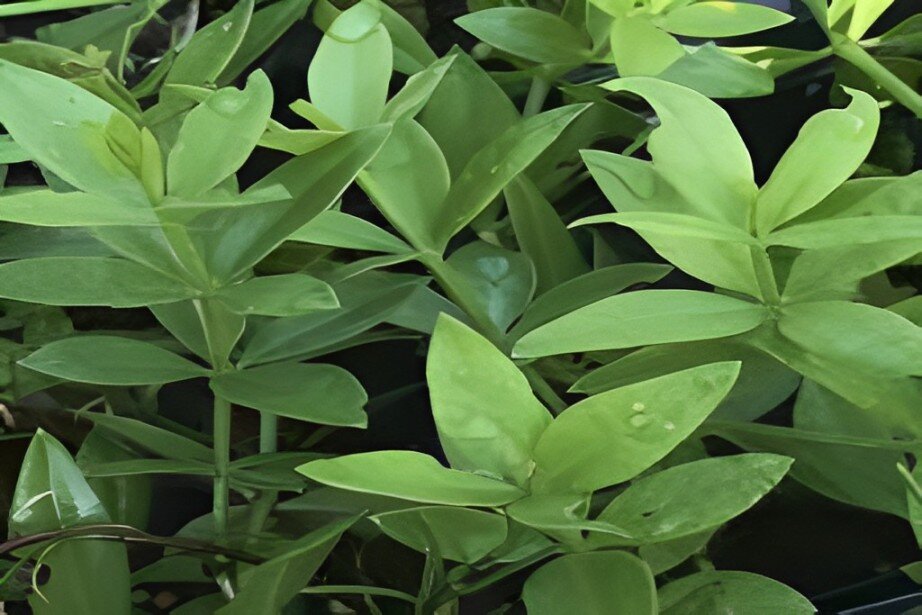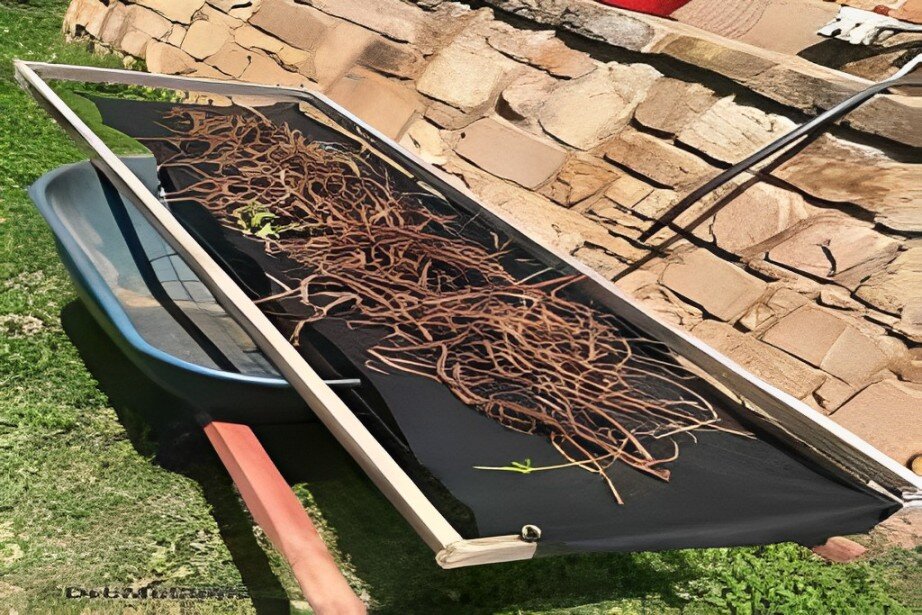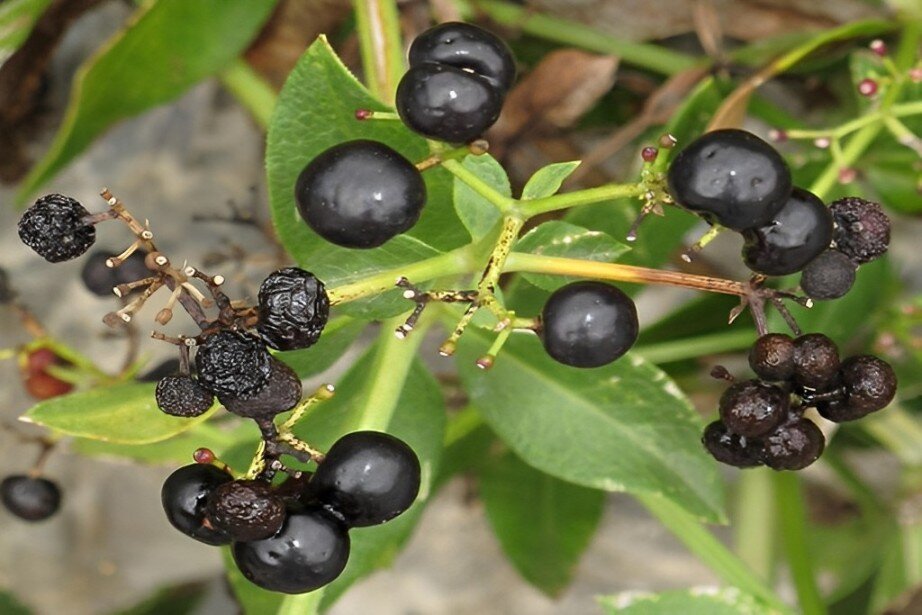How To Growing Madder Plant, Care, Barries
Madder, scientifically known as Rubia tinctorum, is a versatile plant prized for its vibrant red dye extracted from its roots. Cultivating madder requires attention to soil quality, adequate sunlight, and regular watering.
Beyond its dyeing properties, madder also bears small, inconspicuous berries, adding ornamental value to its cultivation.
How To Growing Madder Plants

Growing madder plants involves selecting a well-drained location with partial to full sunlight. Start by planting madder seeds or root cuttings in fertile, loamy soil with a slightly acidic pH.
Regular watering is crucial, especially during dry spells, to maintain soil moisture. Applying mulching keeps moisture in the plant’s soil and keeps grass and herbs at bay.
It takes 2 to 3 years for madder plants to develop new roots for cultivation. Pruning may be necessary to promote bushier growth and facilitate root development. Harvest the roots in the fall or spring, being careful not to disturb the entire plant.
Madder plants are very easy to plant and need dry soil and sunlight.
Yes, Madder plants need daily 6 to 8 hours of sunlight.
After planting madder plant seeds, keep the soil moist and maintain a temperature of 70-75°F (21-24°C).
Yes, madder can be grown in the UK, particularly in regions with mild climates and well-drained soil. Provide sunlight and soil with proper care. This plant can grow in a lot of areas in the UK.
How To Care Madder Plants

- Sunlight: Ensure the madder plant receives ample sunlight, ideally partial to full sun.
- Soil: Provide clean and fertile soil to these plants.
- Watering: Water regularly, especially during dry periods, to keep the soil consistently moist.
- Mulching: Mulching is required for plants to maintain soil moisture and to prevent weeds.
- Pruning: Prune the plant as needed to promote bushier growth and facilitate root development.
- Harvesting: Harvest roots carefully in the fall or spring without disturbing the entire plant.
- Care: Every plant needs clean soil for growing. Like a purple garlic plant, madder plant, etc.
Madder Plant Barries

Madder plants produce small, inconspicuous berries that add ornamental value to the plant. While not typically grown for their fruit, these berries may appear after the plant reaches maturity, usually in the second or third year of growth.
While not commonly harvested or utilized, the berries contribute to the overall aesthetic appeal of the madder plant, adding a touch of interest to its foliage. Barries cherry rhubarb and madder plants look very beautiful. Because they have barriers.
Conclusion
Growing madder plants can be a rewarding endeavor for those interested in natural dye production or ornamental gardening. Clean and well-drained soil, watering the plant daily, and providing 6 to 8 hours of daily sunlight enhance its yield.
Careful attention to pruning and support structures ensures robust growth and facilitates root development for harvesting. While the berries of the madder plant may not be its primary attraction, they contribute to its visual appeal, adding a subtle charm to the overall garden landscape.
Whether you’re harvesting roots for dye-making or simply enjoying the beauty of the plant, madder offers a unique addition to any garden.
